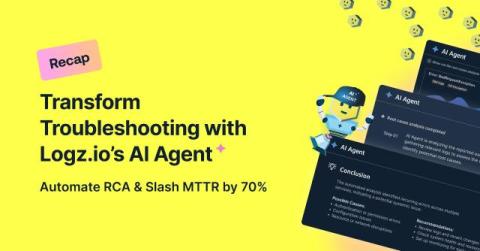Leveling up your observability practice - Part 2
Lessons from the front lines: Challenges in your observability maturity journey In our previous blog, we explored the observability maturity spectrum — revealing that while only 7% of organizations consider themselves experts, the majority (43%) are actively working to improve their practices. We saw how mature organizations achieve better outcomes, from faster root cause analysis to reduced user-reported incidents.











